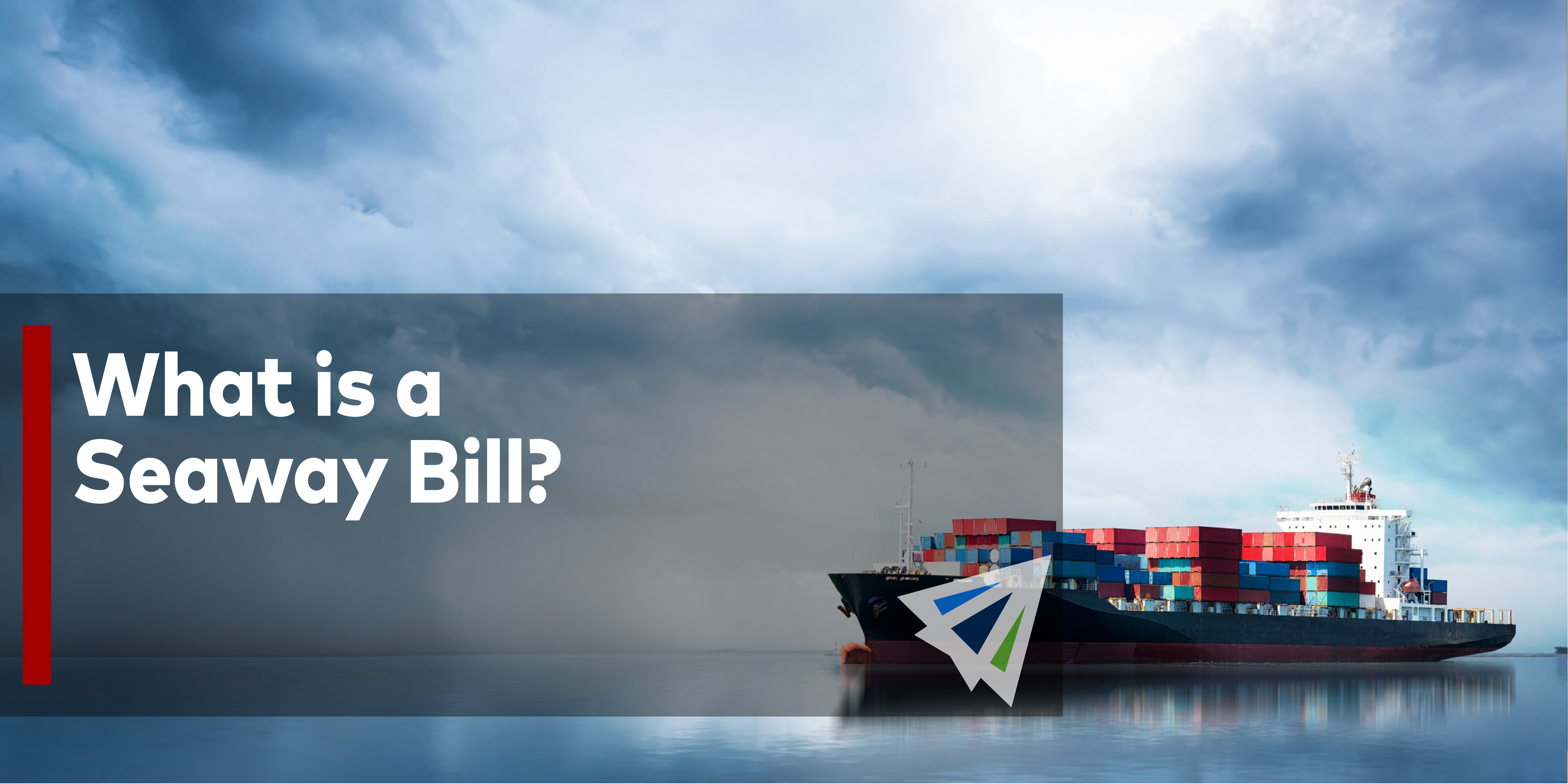If you’re frequently shipping by sea, the chances are at least somewhat high that you’ve heard the term “seaway bill” a couple times. You know as much as anyone that Bills Of Lading are incredibly important in the shipping process – they’re how you get ownership of your cargo, and play a key role in specifying the when your cargo is loaded onto a vessel.
But these topics can get confusing from time to time. We all know about Bills Of Lading, but Seaway Bills? They’re a bit different than what most shippers are used to encountering. If you’ve found yourself confused or wondering what a Seaway Bill is, here is a summary of the topic:
What is a Seaway Bill?
Seaway Bills are a document used in place of Bills Of Lading during the shipping process when transporting cargo via sea. With traditional Bills Of Lading (BOL), the document serves 3 purposes:
- Title of the Goods
- Contract of Carriage
- Transfer of Cargo Ownership
See, with a traditional BOL, or a House Bill Of Lading (HBL), the document specifies the details of the cargo being shipped, serves as a notification that the cargo has been loaded onto it’s appropriate vessel for departure, and also serves as a transfer of cargo ownership. Since the original BOL needs to be given to the buyer, cargo ownership transfer doesn’t officially happen until the BOL is in the hands of the buyer/importer.
Seaway Bill
The difference between the two is that a Seaway Bill only serves the first two purposes. It serves as a title of the goods and contract of carriage, but it does not serve as a transfer of cargo ownership. That piece is specifically only for Bills Of Lading. So, when does cargo ownership occur when using a Seaway Bill in replacement of a Bill Of Lading?
Seaway Bills are only used in circumstances during which the ownership of cargo has already been surrendered to the customer before the shipment began. This expedites the shipping process, since there isn’t any waiting involved for the original Bill Of Lading to be shipped to the customer.
Seaway Bills are also referred to as an “Express Bill Of Lading” or “Straight Bill Of Lading.” They are generally used in scenarios in which great trust is already established between a shipper and customer, as cargo ownership is surrendered immediately when using a Seaway Bill.
Questions about Seaway Bills
If you are currently working with a shipment using a Seaway Bill, or have questions about them for potential future shipping practices, please keep in mind that our team would absolutely love to help you out. Our team is incredibly experienced and well-versed with Seaway Bills and Bills Of Lading, and if you have any questions, please don’t hesitate to reach out! We look forward to answer your questions!
